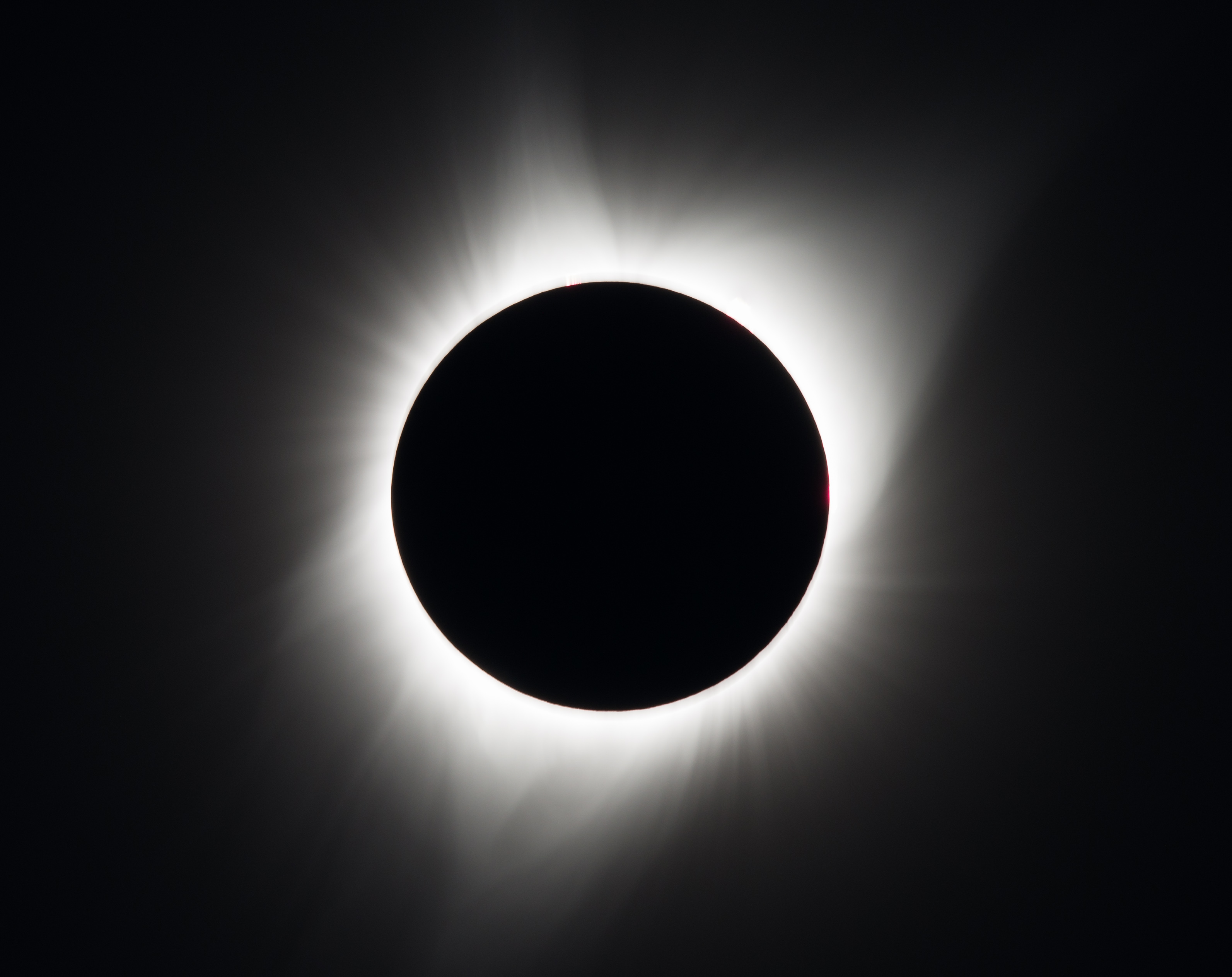
On Aug. 21, 2017, plenty of Americans got chills as the sky grew dark in the middle of the day and millions witnessed the moon’s path crossed directly over the sun’s, resulting in a rare total solar eclipse visible across much of the continental U.S.
But they also might have got the chills from a sudden temperature drop that accompanied the eclipse, as measured with precision in a recent study led by Rezaul Mahmood, Director of the High Plains Regional Climate Center at the University of Nebraska-Lincoln School of Natural Resources.
Mahmood and a team of researchers recently published a paper featuring a series of specific atmospheric changes measured across the Commonwealth of Kentucky during the 2017 total solar eclipse.
Kentucky was chosen for several reasons, said Mahmood. The point of greatest eclipse was reached above Hopkinsville, in the western portion of the state, where eclipse viewers experienced totality for 2 minutes, 41.2 seconds. Another was the presence of the Kentucky Mesonet, a research-grade meteorological and climatological observation network of 72 stations that measure air temperature, precipitation, relative humidity, solar radiation, wind speed and wind direction, sampling the atmosphere for most of the variables every three seconds to calculate and record observations. The Mesonet system was complemented by observations from three atmospheric profiling systems along the path of totality that are operated by the University of Alabama in Huntsville. If any atmospheric changes occurred during the eclipse, they’d know in Kentucky.
And plenty of changes occurred. For example:
* Over that sub-3 minute period of totality, the air temperature along the path of totality through Kentucky plummeted by about 4.5 degrees Celsius on average, or about 8 degrees Fahrenheit, according to the study.
* That temperature decrease was accompanied by a sudden drop in solar radiation from over 800 watts per square meter to zero.
* Leading up to the early afternoon eclipse, humidity had been declining during the day, only to sharply increase from about 40% to 80% during totality before resuming its decline.
* In the landlocked state, a sea breeze-style wind developed after its direction shifted abruptly from southwesterly/southerly to southeasterly during totality. Once the eclipse ended, the wind shifted back to its pre-eclipse direction.
* The planetary boundary layer, or PBL, completely diminished in response to the lack of solar forcing, before resuming to its typical expanded condition, according to the research.
“This research provided an unprecedented opportunity to document atmospheric response of a historic solar eclipse at the meso- and regional scales by analyzing data from a statewide meteorological and climatological observation network and atmospheric profiling systems, which were complemented by regional modeling,” Mahmood wrote in the study. “Observations and modeling work supported our conceptual understanding of potential atmospheric response due to the absence of solar radiation during the height of a summer-season day.”
The study was published in the June 2020 issue of the Bulletin of the American Meteorological Society. The research team included Mahmood, the lead author, and contributions from faculty and staff at the Kentucky Climate Center at Western Kentucky University (Megan Schargorodski, Eric Rappin, Melissa Griffin, Patrick Collins, Andrew Quilligan, and Stuart Foster) at the Department of Atmospheric Science at University of Alabama in Huntsville (Kevin Knupp and Ryan Wade) and Kevin Cary at WKU’s Department of Geography and Geology.
-Cory Matteson, SNR communications